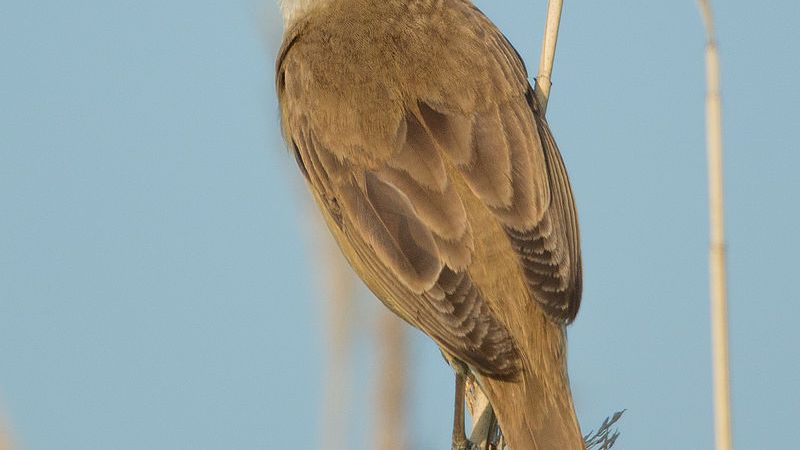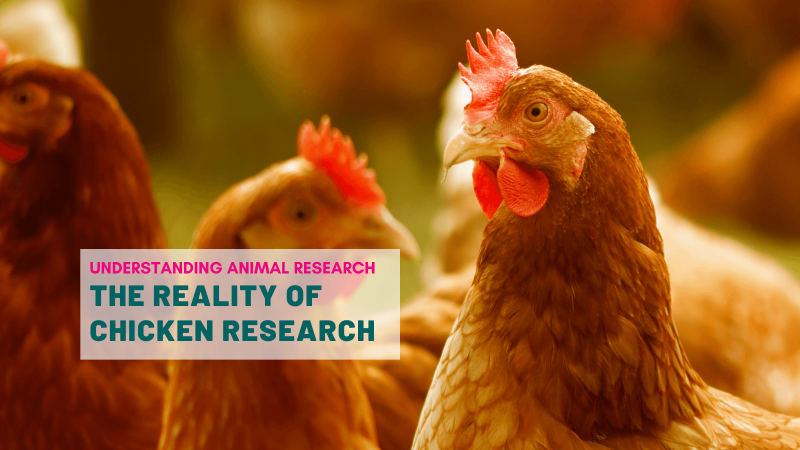
There’s nothing more pleasant than a spring walk with birds chirping along, announcing warmer temperatures and bluer skies. But did you know those melodies vary according to regions? For centuries, bird songs have inspired poets and musicians, but it wasn’t until the 1950s that scientists really started paying attention. Since then, accent-like differences have been reported in a number of different birds, including blackbirds, chaffinches and great tits.
Depicting local accents
Birds from the same species can sound different coming from the north and the south of the country, but also depending on whether they are city or country dwellers. Town birds have higher-pitched songs than their countryside counterparts as higher notes that echo less off buildings tend to travel further and sound clearer in urban areas.
It is not just pitch and tone that can change. Some birds develop completely new phrases within their songs creating what have been described as “dialects”. Some songs shift fast – even within a breeding season – while other birds maintain the same dialect for decades. These differences in accent and dialects can even travel with the animals. Studying yellowhammer birds that were imported from Europe to New Zealand in the 1860s, researchers found that the animals in New Zealand still sounded British, while the birds in the UK had lost their old dialect, much like what happens in human populations. Many local words and accents in Canada, for instance, come from British and Irish immigrants that moved in the 16th to 19th centuries, but these words might no longer be used in Britain and Ireland today.
Although regional accents and dialects can make communication more difficult, they also offer benefits. Dialect allows for more precision and complex interactions. According to Laura Molles, an ecologist in Christchurch, New Zealand, birds mainly communicate for two reasons: either they are trying to warn off their neighbours, or they are trying to attract females. Dialects help differentiate who is “local” and who isn’t, identifying threats and helping to determine who to defend their territory against. Mimicking a song note is seen as aggressive to birds, so owning a different repertoire helps get a point across without escalating the interaction to a fight.
Scientists also think female birds may use dialects to their advantage. Regional song differences could help the females distinguish local males – better adapted to the neighbourhood – from outsiders, making their offspring more likely to survive. Some birds are bilingual, or even trilingual, and when they are mating, they’ll opt to sing the local dialect. The root of this competence can be found in the brain. Specific neurons can recognise familiar dialects, responding only to songs sung in their own accent.
Singing in the brain
Birds learn their song from their parents, much like a human baby catches onto speech. They start by listening to their parents, slowly picking up on the acoustical features of phrases, then babble, exploring their vocal control and imitating sounds, until they eventually refine their song across adolescence until it “crystallizes” into their adult song. Isolated from their parents, true songbird chicks can’t learn how to sing, and continue to babble their entire life.
But not all birds have accents. This ability, known as vocal learning, is incredibly rare in the animal kingdom. It is only found in a few land and marine mammals, (including humans) bats, and several bird species. Notably absent from this list are our closest relatives: non-human primates. Most animals develop innate vocalisations that don’t require learning at all, like the dog’s bark, a baby’s cries, or a bird’s alarm call. So those bird species which do exhibit vocal learning can be a useful model organism for helping to understand language acquisition, and in a much broader way, how the brain functions.
Birds have very different brains to mammals. They are much smaller and don’t even have a cerebral cortex, the brain region generally thought to give primates some of their more impressive cognitive abilities. Yet, despite this huge gap, birds are able to do many demanding and complex tasks, even rivalling the great apes. With enough training, pigeons can distinguish between the works of Picasso and Monet. Ravens can identify themselves in a mirror. And on a university campus in Japan, crows are known to intentionally leave walnuts on a crosswalk and let passing traffic do their nut cracking.
Decades of research have shown that birds can exhibit very complex cognitive abilities, including visual discrimination, orientation and navigation, food storage, vocal learning and communication, complex social interaction, and problem-solving abilities. With their physically and structurally different brain, birds, whether corvid, parrot, chicken, or pigeon, perform many similar tasks and computations as mammals. Over the past two decades, research on avian cognitive neuroscience has revealed the avian brain to be a better model for understanding human cognition than previously thought. While it may at first seem counterintuitive, studying this incredible brain will help gain invaluable insight into how the brain works, notably at a molecular and cellular level.

Image above: the diagram on the left shows a songbird’s brain, on the right : a human’s brain (Not to scale).
Notice the lack of a cerebral cortex in the bird (large uncoloured area between the surface of the brain
and the deep striatal and pallidal structures).
Last edited: 28 February 2025 10:50



